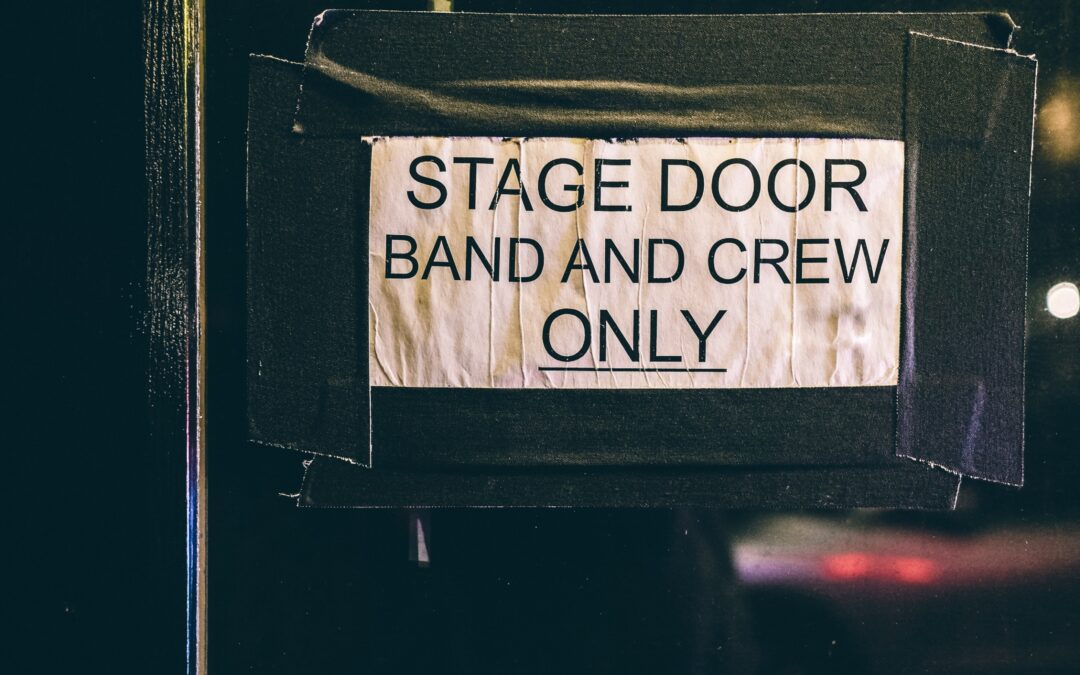What if a tool had the power to delight your customers, cut your costs, increase your bottom line, and maybe double your stock price? You’d use it, right?
That’s precisely the power and impact of Service Design and service blueprints. Yet very few people, especially in the US, know, understand, or use them. Including me.
Thankfully, Leala Abbott, a strategist and researcher at the intersection of experience, innovation, and digital transformation and a lecturer at Parsons School of Design, clued me in.
What is Service Design?
RB: Hi, Leala, thanks for taking the time to talk with me today.
LA: My pleasure! I’m excited about this topic. I’ve managed teams with service designers, and I’ve always been impressed by the magical way they brought together experience strategy, UX, and operations.
RB: I felt the same way after you explained it to me. Before we get too geeked up about the topic, let’s go back to the beginning and define “service.”
LA: Service is something that helps someone accomplish a goal. As a result, every business needs service design because every business is in the service industry.
RB: I’ll be honest, I got a little agitated when I read that because that’s how I define “solution.” But then I saw your illustration explaining that service design moves us from seeing and problem-solving isolated moments to seeing an integrated process. And that’s when it clicked.
LA: That illustration is from Lou Downe’s talk Design in Government Impact for All . Service Design helps us identify what customers want and how to deliver those services effectively by bringing together all the pieces within the organization. It moves us away from fragmented experiences created by different departments and teams within the same company to an integrated process that enables customers to achieve their goals.
Why You Need It
RB: It seems so obvious when you say it. Yet so often, the innovation team spends all their time focused on the customer only to develop the perfect solution that, when they toss it over the wall for colleagues to make, they’re told it’s not possible, and everything stops. Why aren’t we always considering both sides?
LA: One reason, I think, is people don’t want to add one more person to the team. Over the past two decades, the number of individuals required to build something has grown exponentially. It used to be that one person could build your whole website, but now you need user experience designers, researchers, product managers, and more. I think it’s just overwhelming for people to add another individual to the mix. We believe we have all the tools to fix the problem, so we don’t want to add another voice, even if that voice explains the huge disconnect between everything built and their operational failures.
RB: Speaking of operational failures, one of the most surprising things about Service Design is that it almost always results in cost savings. That’s not something most people think about when they hear “design.”
LA: The significant impact on the bottom line is one of the most persuasive aspects of service design. It shifts the focus from pretty pictures to the actual cost implications. Bringing in the operational side of the business is crucial. Building a great customer journey and experience is important, but it’s also important to tie it back to lost revenue and increased cost to serve
Proof It Works
LA: One of the most compelling cases I recently read was about Autodesk’s transition to SaaS, they brought in a service design company called Future Proof. Autodesk wanted to transition from a software licensing model to a software-as-a-service model. It’s a significant transition not just in terms of the business model and pricing but also in how it affects customers.
If you’re a customer of Autodesk, you used to pay a one-time fee for your software, but now you are paying based on users and services. Budgeting becomes messy. The costs are no longer simple and predictable. Plus, it raises lots of questions about the transition, cost predictability, control over access, managing subscriptions, and flexibility. Notice that these issues are about people managing their money and increasing costs. These are the areas where service design can truly help.
Future Proof conducted customer interviews, analyzed each stage of the customer journey, looked at pricing models and renewal protocols, and performed usability studies. When they audited support ticket data for the top five common customer issues, they realized that if Autodesk didn’t change their model, the cost of running software for every customer would increase by 40%, and profit margins would decrease by 15% to 20%.
Autodesk made the change, revenue increased significantly, and their stock price doubled. Service design allows for this kind of analysis and consideration of operational costs.
How to Learn More
RB: Wow, not many things can deliver better service, happier customers, and doubling a stock price. Solid proof that companies, and innovation teams in particular, need to get smart on service design. We’ve talked a lot about the What and Why of Service Design. How can people learn more about the How?
LA: Lou Downe’s book is a great place to start Good Services: How to Design Services That Work. So is Woo, Wow, and Win: Service Design, Strategy, and the Art of Customer Delight by Thomas A Stewart and Patricia O’Connell. I also recommend people check out The Service Design Network for tools and case studies and TheyDo, which helps companies visualize and manage their service design.
Conversations were edited for length and clarity.
